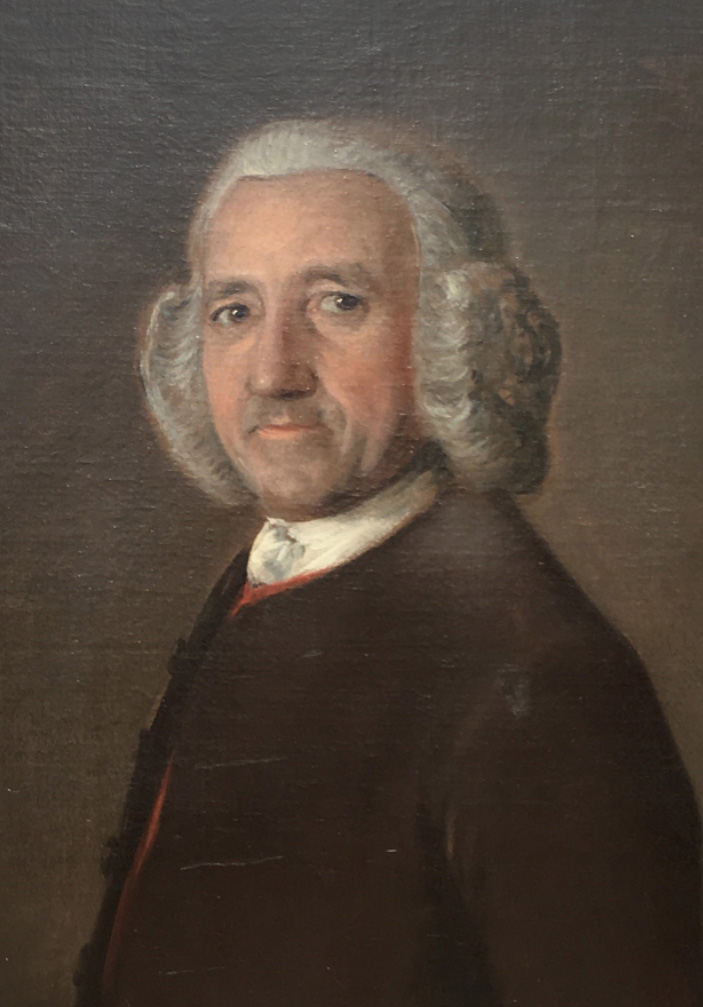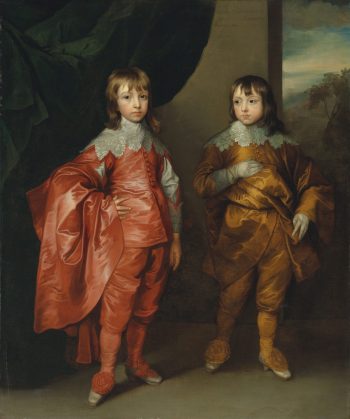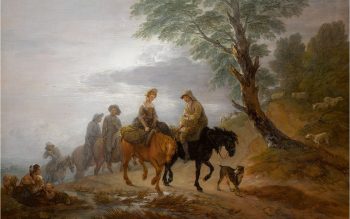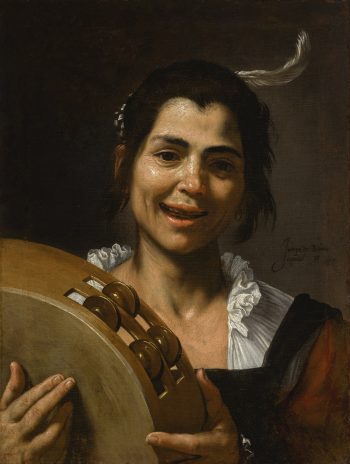Henry Moore was born in Castleford in 1898 into a Yorkshire coal mining family. His rather didactic father felt that his children should never follow him into mining and saw education as the way out.

Reclining Figure, Festival 1951
Bronze, 230 cms wide.
Sold in June 2016 for £24,722,500. This is the current world record price for a Moore bronze
Moore had shown an early talent for sculpting and drawing at junior school and had made numerous very creditable pieces from clay and stone. He passed the entrance exam for Castleford Grammar School at the second attempt thus joining some of his siblings already at the school. The wide breadth of subjects taught there exposed him to medieval sculpture which attracted his interest straight away and he was encouraged to study, copy and draw pieces. He was also asked by the Headmaster to carve a School Society plaque and also a roll of honour for pupils who were serving in World War I.

Reclining Figure, 1982
Bronze, 246 cms wide.
Sold for $11,000,000 in Nov 2017
Moore joined the War effort in 1917, very soon after joining he was gassed and subsequently hospitalised until 1918, thus keeping him safely away from any further hostilities. On leaving military service in 1919, he received a servicemen’s grant which gave him enough money to study Fine Art at Leeds School of art. Between them, Leeds Art Gallery and the School of Art gave him easy access to see and study the many Modern works of art in their respective collections. This had a profound effect on Moore’s personal and artistic development and he became strongly influenced by the work of Brancusi, Jacob Epstein, Henri Gaudier Brzeska and Frank Dobson. These influences pulled Moore towards the almost forgotten traditional carving method known as ‘direct carving’ in which the imperfections of the material and marks left by the carving tools, became part of the finished sculpture, the process is referred to by sculptors as ‘truth to material’ . In actively pursuing this method Moore was resurrecting a then nearly four hundred year old carving tradition stretching back to the Old Master sculptors Canova and Bernini.

Mother and child with apple, 1956
Bronze, 72 cms high.
Sold for £5,010,500 in February 2014
Later in his career when casting his sculpture in bronze, Moore found that in his hands bronze was not an antithesis of stone or wood carving: carving, scraping and grating his plaster models allowed him to create texture in his finished bronzes that matched anything he could achieve in his stone or wood pieces. In fact Moore paid great attention to the patination of his bronzes and supervised the process personally whenever possible, especially on large scale works where it is evident that many of his patinas suggested natural textures and weathering.

Large 4 piece reclining figure, 1972
Bronze, 402 cms high.
Sold $3,300,000 June 2006. Since 2006 prices have increased and I would now expect this piece to make nearer to $10 million
Following his studies at Leeds, Moore moved to Hampstead where he took on part time teaching work at the Royal College of Art while continuing working on his sculpture. He later took up another teaching role at the Chelsea College of Art where he began to develop more abstract work.
He was part of the organising committee for the international surrealist exhibition in London in 1936, where Roland Penrose purchased one of his Moore’s new abstract mother and child works, carved in stone. Penrose displayed his new purchase in the front garden of his house in Hampstead, much to the annoyance of the local residents who ran a two year campaign to remove the piece!
In 1938 Moore met Kenneth Clark who championed his work from this first meeting onwards.

Reclining Figure, 1982
Bronze, 246 cms wide.
Sold for £3,625,250 in Feb 2006. Again the value of this piece has risen significantly since 2006, another from the same cast sold for $11,000,000 in 2018
At the outbreak of the Second World War the Chelsea School of Art was evacuated to Northampton, so Moore resigned his teaching post and began working on powerful drawings of Londoners sleeping on the London underground all commissioned by Kenneth Clark, now the Chairman of the War Artists Advisory committee. When the Moores’ Hampstead home was hit by shrapnel Henry and his wife Irina moved to a farmhouse called Hoglands, set within in a hamlet called Perry Green, just outside Much Hadham in Hertfordshire . This house and the surrounding land became a home, studio, gallery, workshops and display area for his work for the rest of his life. Over time his continued financial success in selling work enabled him to acquire adjoining land nearby and buildings for use as studios and exhibition spaces. This large rural site now houses the Henry Moore Foundation galleries and study centre, where you can take a tour of Hoglands, walk the grounds and gardens, and visit the galleries and studios which are all open to the public.

Family Group,1946
Bronze, 44 cms high.
Sold in June 2017 for £3,861,000. In 2008 another from this same edition sold for $4,000,000
After the war, following several miscarriages Irina had a baby daughter, Mary who was born in March 1946. Two years prior Moore had lost his mother and these two events drew him to focus on one of his most successful and enduring themes, the Mother and Child. Also in 1946 he made his first visit to America to attend a major retrospective of his work held at MOMA in New York. This exhibition was a huge critical and popular success and his fame spread rapidly across the US. He was taken on by an art agent in Los Angeles who advised many Hollywood moguls and actors. His work was bought in quantity by Betty Warner, a very wealthy and influential socialite and collector in LA and the wife of Jack Warner of Warner Brothers pictures was also a strong influencer.

Horse
Bronze, 13.8 cms high.
Sold in March 2020 for £32,500. Horses are rare subject matter for Moore bronzes, however I think this piece is elegant and nicely stylised and offered good value at this price
The last 30 years of Moore’s life were his most productive in every sense, he was incredibly busy making, exhibiting and selling work in all mediums, particularly bronze all around the world.

Mother and Child, 1929
Bronze, 10.2 cms high.
Sold for $5,000 in December 2019. This is the cheapest piece you can find, however its perhaps not the prettiest
By the early 1970’s he was making over £1,200,000 a year in income from sales of art alone. He was probably the first British artist of the 20th century to become a millionaire. However the downside was that as a UK tax payer earning this sort of money he was liable to pay 80% tax on his earnings In fact so significant was his tax bill that in 1972 he was publicly declared the single highest individual tax payer in the entire UK. This warranted a visit to Hoglands by the then Chancellor, Jim Callaghan to acknowledge his tax contribution, I noticed a photo taken of this meeting at Hoglands, Jim Callaghan is smiling broadly, however Moore isn’t looking quite so cheerful having just parted with £960,000 in income tax .

Mother and child, Relief, 1977
Bronze, 38.4 cms.
Sold in November 2019 for $10,000. There are a number of relief bronzes smiler to this which, although unusual, do offer good value.
Henry Moore produced a huge quantity of the highest quality work, particularly bronzes and he has a truly international reputation, so his pieces appear for sale around the globe, all the time. On any given day you can find something new coming up for sale somewhere in the world and I show a few examples below. One of the many truly remarkable facts about the Moore market is just how cheap his tiny bronzes are, in fact prices for bronzes range from as little as £5,000 for a small piece right up to £25 million for the largest pieces. In addition peace of mind is offered to buyers by the carefully curated complete catalogue raisonees listing with reference numbers all his bronzes, unique carvings, drawings and prints from all periods.

Caricature head, 1978
Bronze, 10.1 cm high.
Sold in November 2019 for $15,000
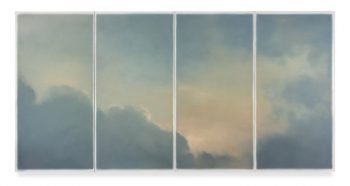
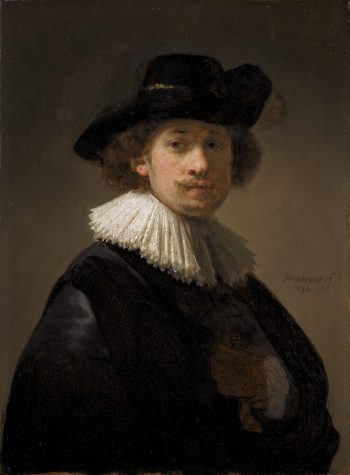







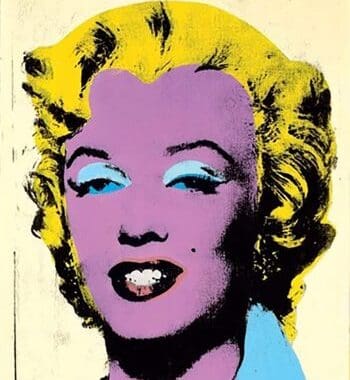









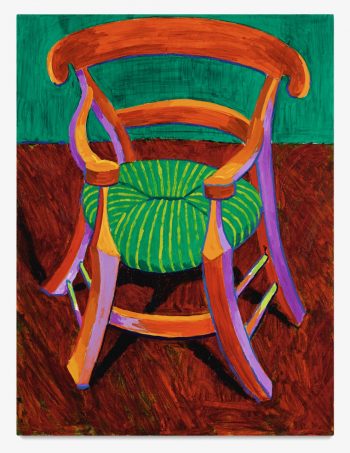

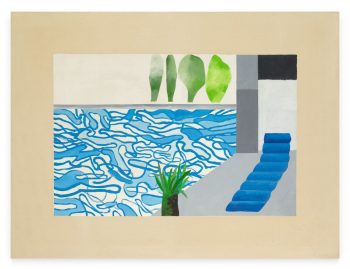

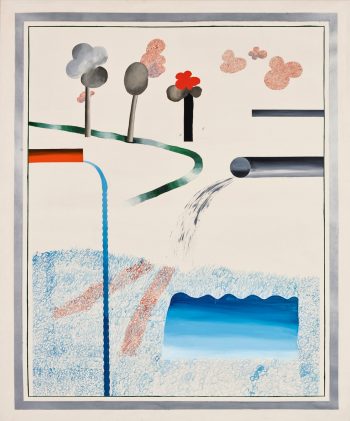
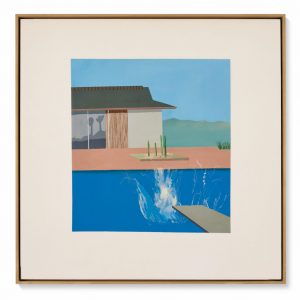

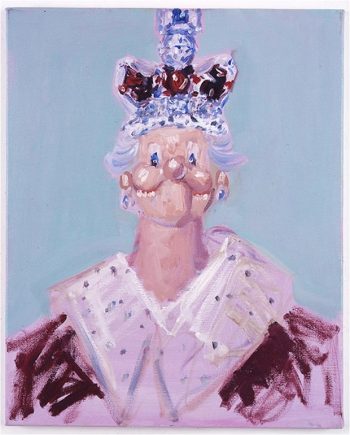
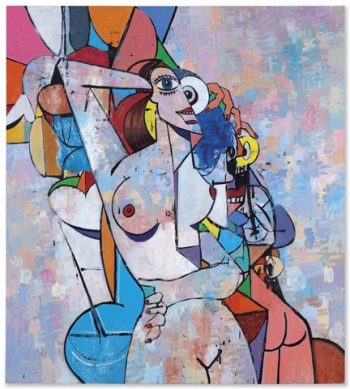
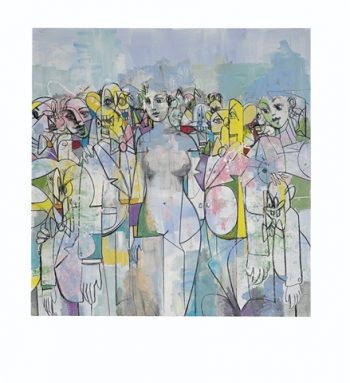
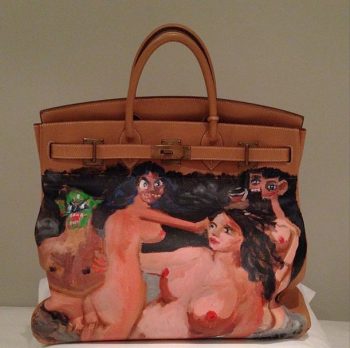
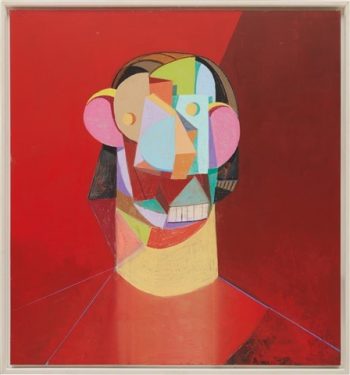


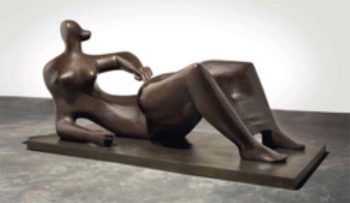
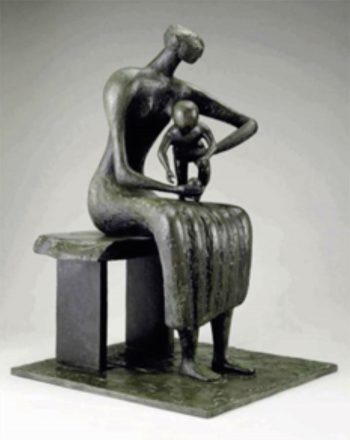
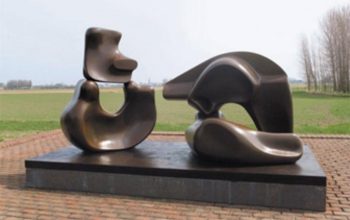
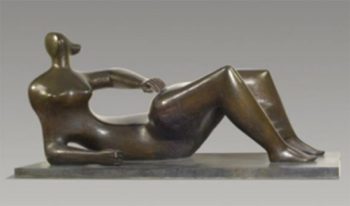
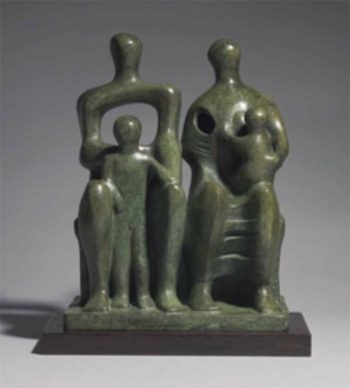
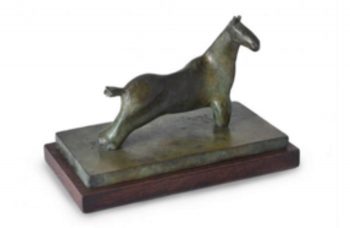
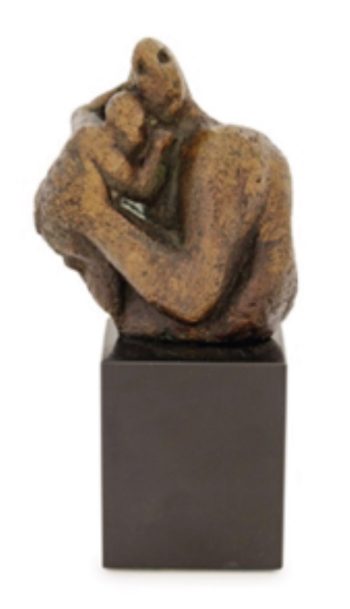
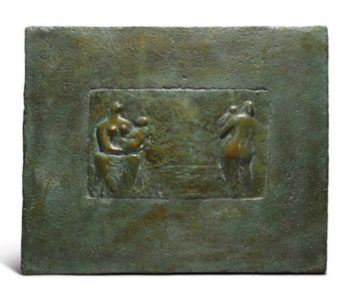
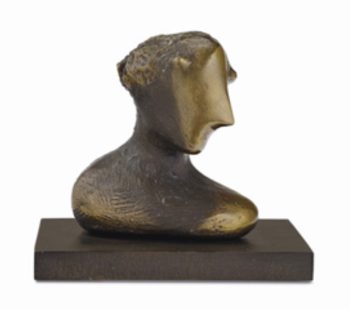
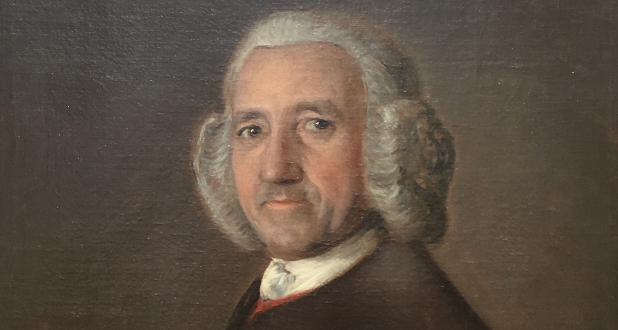 Thomas Gainsborough, R.A. (British, 1727-1788)
Thomas Gainsborough, R.A. (British, 1727-1788)